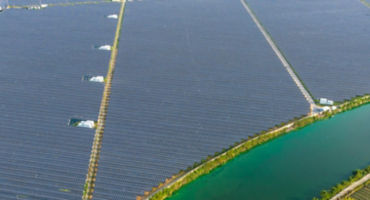Q. Where do you see investment opportunities today, and how might these change over time?
Alan: We think about investment opportunities in two ways: climate mitigation and climate adaptation. The first attempts to solve a longer-term problem around decarbonization, while the second is recognition that no matter how much we spend on climate mitigation, we may not be able to reverse the crisis sufficiently over time, and therefore we need to develop resilience.
The kinds of investments that we should see more of in the future are those designed to adapt and help the global economy navigate through long-term physical risks. The magnitude of the need for climate resilience and managing climate risk means that we need to be developing strategic, longer-term adaptation solutions, rather than creating ones that are more tactical in nature. The problems associated with climate change are significant, and they are getting worse. For example, the type of investment that was mobilized in the aftermath of Hurricane Katrina 16 years ago would probably need to be more ambitious today. (The recent Hurricane Ida severely challenged the resiliency of New Orleans’s flood prevention system. A future hurricane will probably overpower it at some point.) It might be that over time, we begin to view certain locations as being so at risk that no amount of capital spent on resiliency is better than migration away from high-risk areas.
Phil: It’s uncomfortable to contemplate what’s happening. However, despite having no warnings, it’s true that in many cases, well-designed, adaptation spending upfront is very cost-effective. Investing money pre-disaster can save multiples of that amount of money post such a disaster.
In terms of decarbonization, there are a lot of things we already know how to do. The electricity sector can easily decarbonize with technologies that we have today. Further investment in this area would drive the agenda forward. In addition, there are still unsolved challenges: How do we decarbonize aviation, heavy industry, or shipping, for instance? There are some interesting technological challenges where the investment industry can allocate capital to help develop viable solutions.










